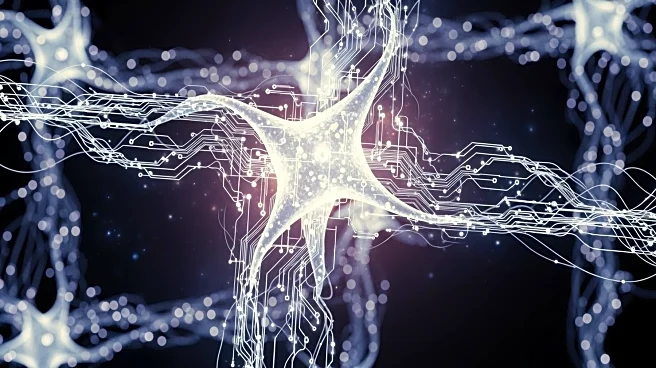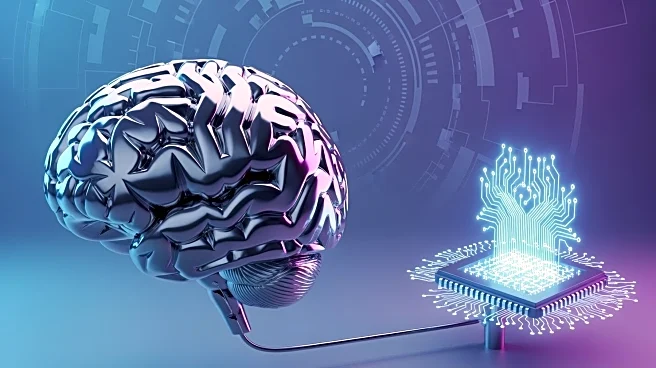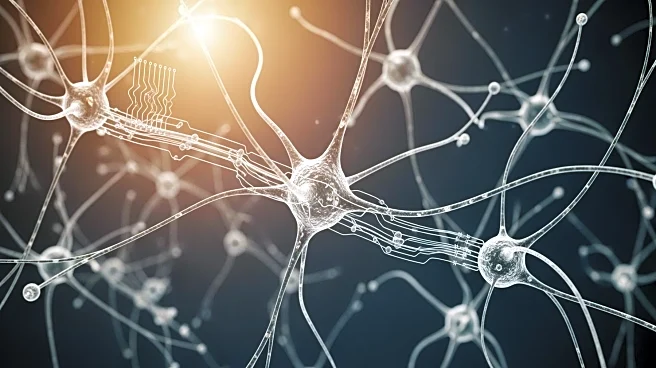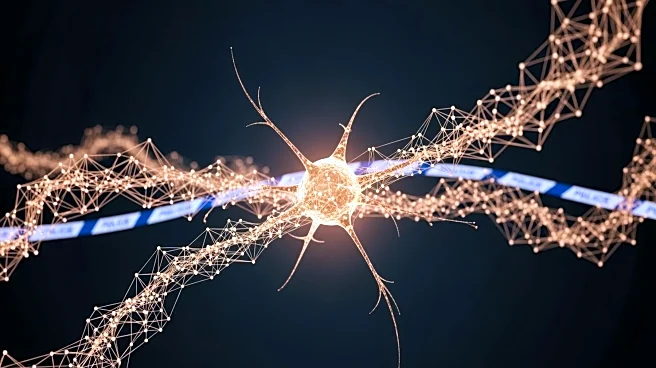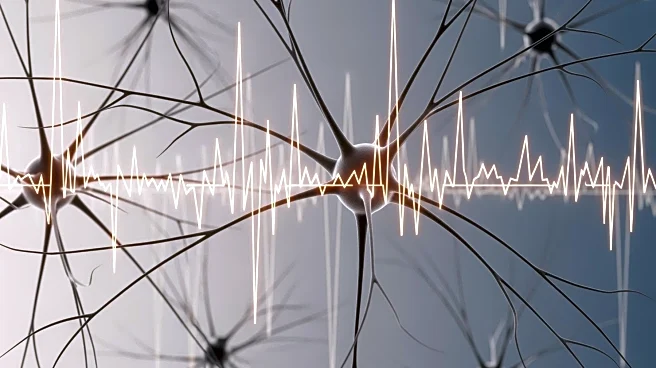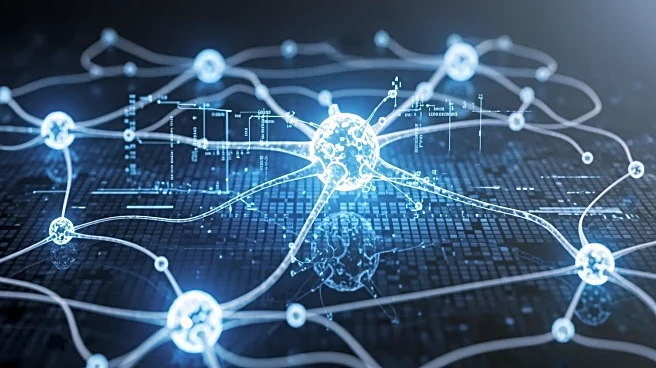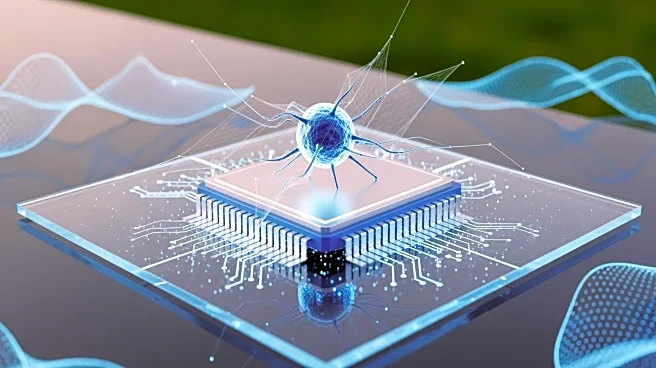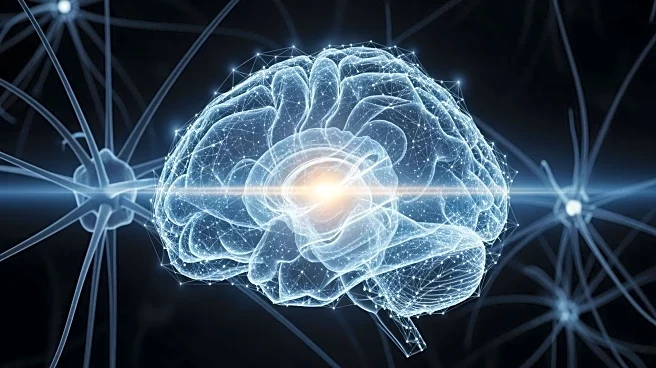What's Happening?
Recent advancements in technology have enabled the measurement of synaptic wiring diagrams, known as 'connectomes', of large neural circuits or entire brains. A study has developed a theory of connectome-constrained
neural networks, where a 'student' network is trained to replicate the activity of a 'teacher' network, representing a neural system with an available connectome. The research explores the extent to which connectome data can constrain models of neural dynamics and function. The study involved training student networks with varying numbers of recorded neurons and analyzing the impact of mismatches in activation functions between teacher and student networks. The findings suggest that training the smoothness parameter of the nonlinearity can provide the student network with similar prediction power as those without mismatch.
Why It's Important?
This research is significant as it provides insights into how neural dynamics can be modeled using connectome data, potentially advancing the understanding of brain function and neural network modeling. The ability to accurately predict neural activity has implications for neuroscience research, particularly in understanding complex brain functions and disorders. It could lead to improved models for brain-machine interfaces and contribute to the development of more effective treatments for neurological conditions. The study also highlights the importance of addressing mismatches in activation functions to enhance the accuracy of neural network predictions.
What's Next?
Future research may focus on refining the models to further reduce errors in neural activity predictions and explore the application of these models in practical scenarios, such as brain-machine interfaces. Researchers might also investigate the potential of these models in understanding and treating neurological disorders. Additionally, there could be efforts to expand the scope of connectome-constrained networks to include more complex neural systems and explore their applications in artificial intelligence and machine learning.
Beyond the Headlines
The study raises ethical considerations regarding the use of neural network models in understanding brain function and the potential implications for privacy and consent in neuroscience research. It also prompts discussions on the long-term impact of such models on the development of artificial intelligence systems that mimic human brain functions.
